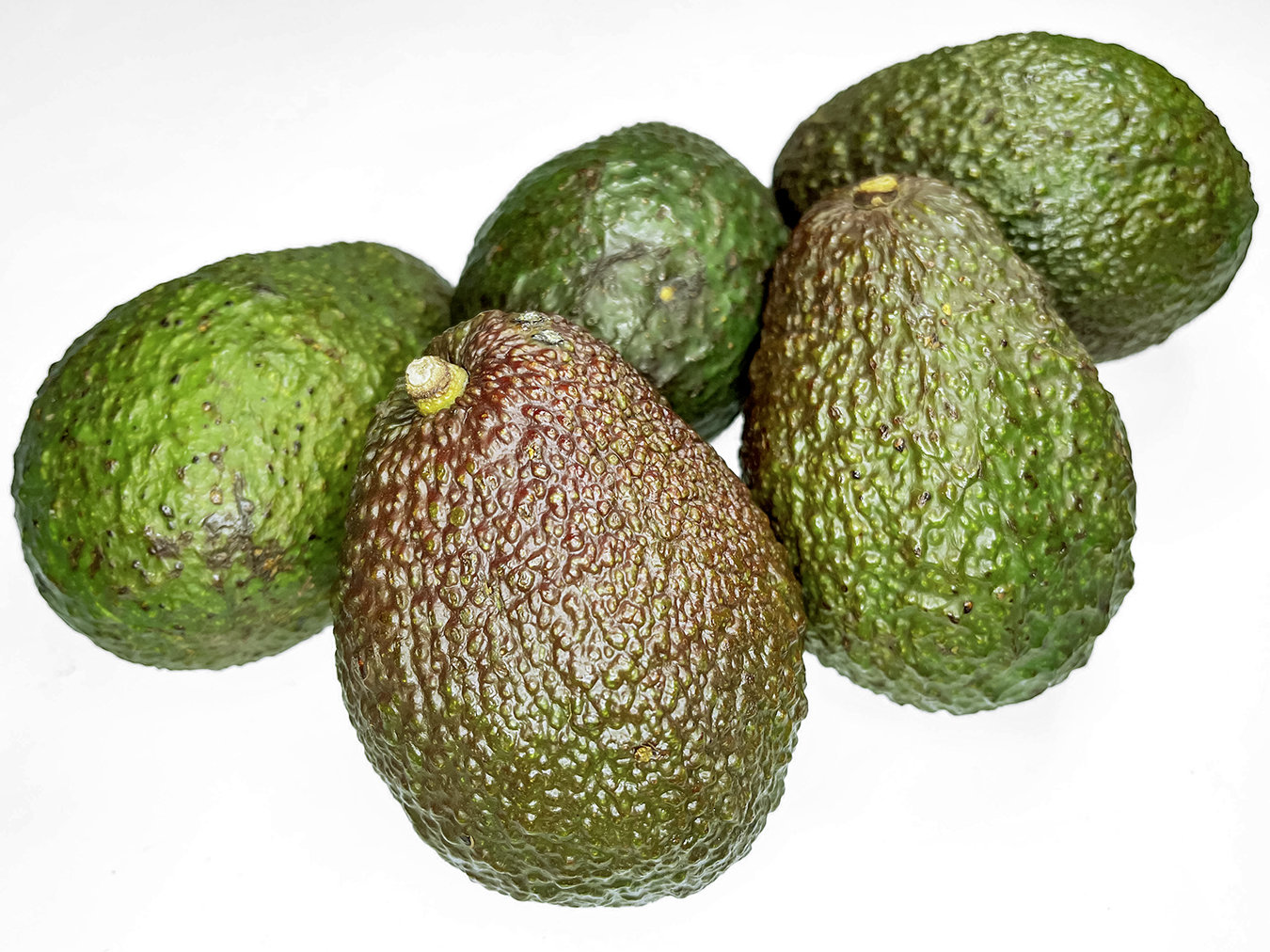Understanding a Low-Sodium Diet
An eating plan with reduced salt is an approach to nutrition that aims to minimize the consumption of sodium, a mineral frequently present in salt. This dietary method is frequently advised for people who want to enhance their heart health, control hypertension, or lessen the chance of cardiovascular diseases. By making wise decisions, individuals can substantially decrease their sodium consumption and enhance their overall health indicators.
The Importance of Sodium
Sodium is vital for managing standard bodily operations. It aids in controlling blood pressure and is important for muscle and nerve activity. Nonetheless, an excess intake of sodium can result in several health concerns. Typically, individuals consume more sodium than needed, mainly because of the widespread use of processed and packaged food items.
Health Hazards Linked to Excessive Salt Consumption
Consuming too much salt is associated with a range of health issues, with high blood pressure being the most significant. Elevated blood pressure is a major contributor to heart-related illnesses, including heart attacks and strokes. Research in the “American Journal of Hypertension” revealed that cutting back on salt can lower blood pressure, emphasizing the advantages of a diet low in salt. Moreover, lowering sodium intake can greatly reduce the likelihood of kidney damage and bone thinning, as excessive salt promotes calcium loss in urine, gradually weakening bones.
Instructions for a Reduced-Salt Diet
Nutrition guidelines suggest that adults should consume less than 2,300 milligrams of sodium per day, with an ideal limit of 1,500 milligrams for individuals with hypertension. To adhere to a low-sodium diet, it is important to become familiar with sodium content in foods and adopt strategies to minimize intake.
1. **Read Nutrition Labels**: Processed and packaged foods often contain hidden sodium. Checking nutrition labels allows individuals to make informed decisions, avoiding high-sodium products.
2. **Cut Down on Processed Foods**: Items such as canned soups, frozen dinners, and deli meats often have high sodium levels. Choose fresh fruits, vegetables, and lean proteins instead, as they are typically low in sodium naturally.
3. **Experiment with Seasonings**: Rather than relying on salt, enhance flavor with herbs and spices like garlic, rosemary, and black pepper. A study in “Flavour” journal suggests that these alternatives not only add taste but also provide health benefits.
4. **Cook at Home**: Preparing meals from scratch offers complete control over ingredients, enabling precise management of sodium levels.
Case Studies and Real-Life Applications
Consider the case of a middle-aged woman diagnosed with hypertension. By adopting a low-sodium diet, she not only experienced a drop in blood pressure but also reported improved energy levels and overall well-being. This personal transformation aligns with findings from a study in the “Journal of the American College of Cardiology” that emphasized the impact of dietary sodium reduction on heart health.
Psychological and Social Factors
Transitioning to a low-sodium diet can be challenging due to established habits and social dining practices. However, community support and nutritional education can facilitate this lifestyle change. Psychologically, individuals may initially miss the taste of salt, but over time, taste buds adjust, leading to an appreciation for the natural flavors of foods.
Reflecting on the essence of a low-sodium diet reveals its profound impact on both individual health and public well-being. By consciously reducing sodium intake, we can embrace a lifestyle that promotes longevity and enriches quality of life, showcasing our commitment to nurturing our bodies sustainably.





